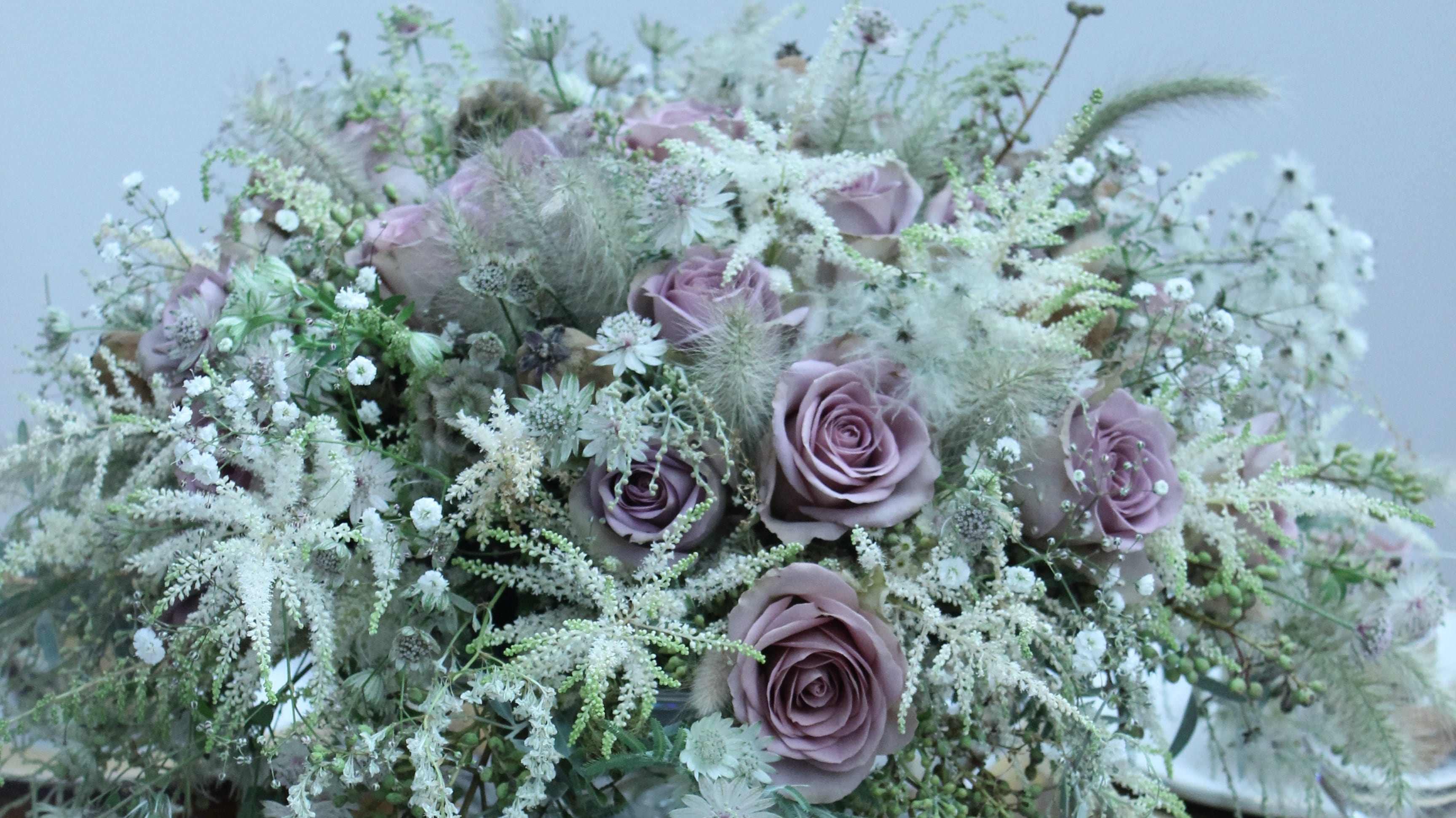Rose classification can be quite puzzling at a time when there are over a hundred species and thousands of cultivars, created by crossing species of roses. So it is quite common to see a rose being mislabeled, especially old garden roses. Read on to learn all about old garden roses classification and their history. So if someone asks you about antique roses you’ll know what to say.
Rose classification was always a tricky thing. Even before the internet, various guides could not agree on one type of labelling. Where with the rise of social media, mislabeling of old garden roses shoot up, as it is easy to class a rose older than 10 as old. After all the label: ‘old’ is a subjective construct. So how do rosarians class roses?
What is an Old Garden Rose?
The simplest grouping is recognition of three types: the wild, the old and modern roses. Where definition for old garden roses was first formally established in 1966 by the American Roses Society. According to it old roses are these roses that were discovered or hybridised before 1867.
The classification “old garden roses” is made up of many subclasses of roses, including Albas, Bourbons, Centifolias, Chinas, Galicias, Moss Roses, Noisettes, Portlands, Hybrid Perpetuals, Damasks, and Teas. The majority of old garden roses bloom only once during the growing season. However, there are some exceptions to the rule and so non-repeat blooming does not class rose as an old one. Another common feature for an old garden rose is a presence of strong to medium fragrance that was bred from modern roses. Nevertheless, there are exceptions and this feature can’t be used on its own for identification.

Why 1867?
This is the year a rose named “La France” was introduced. La France is considered to be the first Hybrid Tea and the first modern rose. During its first showing/competition, the rosarian Jean-Baptiste André Guillot (1827–1893) had described it as a Hybrid Perpetual; the judges suggested it might be a new category of roses, but it would be some time before their suggestion was widely accepted. Only in the 1880s, the Hybrid tea rose was recognised as a class. La France introduction is therefore also considered the birth of the modern rose.

“Class of roses”
Old Garden Roses are not a class of roses but rather a group of classes that fit one definition – the class was in existence before 1867. If you notice people speak of Old Garden Roses then move to Bourbons, Albas, Damasks, Teas relax as they are only talking about the classes of roses that make up the group of Old Garden Roses.
You may wonder what are the subclasses of roses that make up Old Garden Roses class? There are a lot but generally, they fall into two subclasses; Antique and Old Roses.
Old Roses are those found in Europe before the late 1700s. While Antique Roses are those which can trace part of their ancestry back to The China Rose, which was the first true repeat blooming rose known to the Western World and was not introduced to Europe until around 1792. This may sound a bit technical, but it provides a simple way of separating roses. Old roses, for the most part, do not repeat bloom and Antique Roses for the most part do.
Antique Roses are a repeat bloomers due to their ancestor R. Chinensis, which are known for their long blooming season. It is this repeat blooming ability, combined with cross-breeding that allowed such roses to survive in the European climate. Keeping all of this in mind here are the classes that make up the group Old Garden Roses.
Classes of roses that make up Old Garden Roses
The major classes include:
- Alba (A)
- Ayrshire (Ayr)
- Bourbon / Climbing Bourbon (B / Cl B)
- Boursalt (Bslt)
- Centifolia (C)
- China / Climbing China (Ch / Cl Ch)
- Damask (D)
- Hybrid Bracteata (HBc)
- Hybrid China / Climbing Hybrid China (HCh / Cl HCh)
- Hybrid Eglanteria (HEg)
- Hybrid Foetida (HFt)
- Hybrid Gallica (HGal)
- Hybrid Multiflora (HMult)
- Hybrid Perpetual / Climbing Hybrid Perpetual (HP / Cl HP)
- Hybrid Sempervirens (HSem)
- Hybrid Setigera (HSet)
- Hybrid Spinossima (HSpn)
- Miscellaneous (OGRs)
- Moss / Climbing Moss (M / Cl M)
- Noisette (N)
- Portland (P)
- Tea / Climbing Tea (T / Cl T)

Not every variety in each of these classifications may date prior to 1867, but at least one variety has done so establishing the existence of the CLASS prior to 1867, even for more recent introductions. Therefore, any modification belonging to one of these classifications is considered an old garden rose (OGR). According to ARS Guidelines for Judging Roses/Species such varieties should be assigned to a Miscellaneous category.
The OGR classes include Ayrshires, Boursaults, Eglantines, etc. All roses belonging to these classes are OGR’s, even if the individual variety was introduced after 1867.
In fact, it’s possible that an Old Garden Rose could be hybridised and introduced to the growing public today. The rose breeder Paul Barden comes to mind.
Example of old rose introduced after 1867
A beautiful rose MME. PIERRE OGER with chalice-shaped flowers was introduced in 1878 and classes as an old garden rose due to its close ties with rose ‘La Reine Victoria’.
So now, if someone asks you what is an Old Garden Rose you know what to say!



